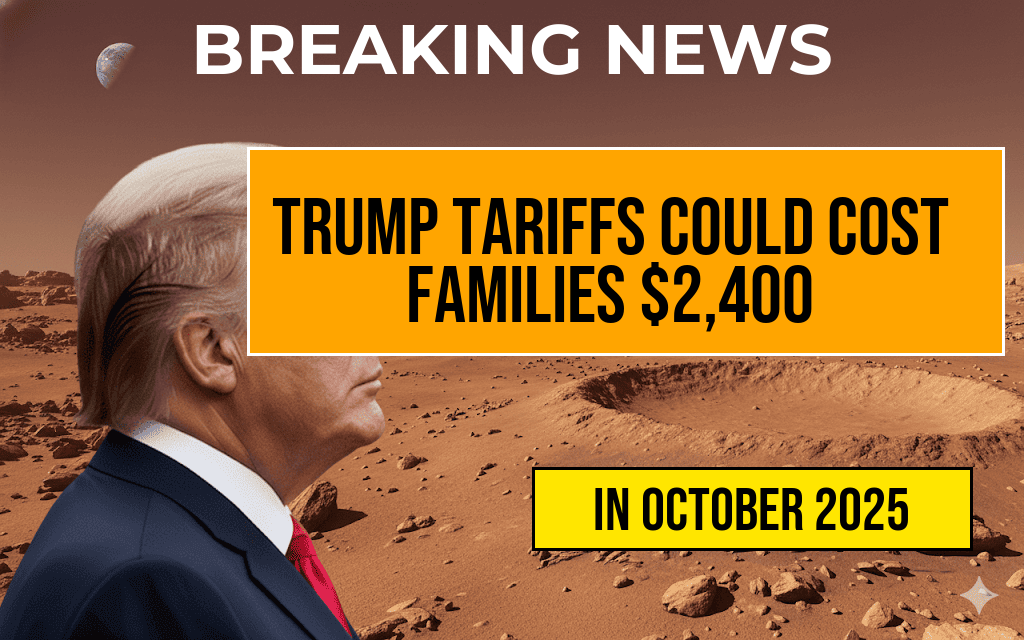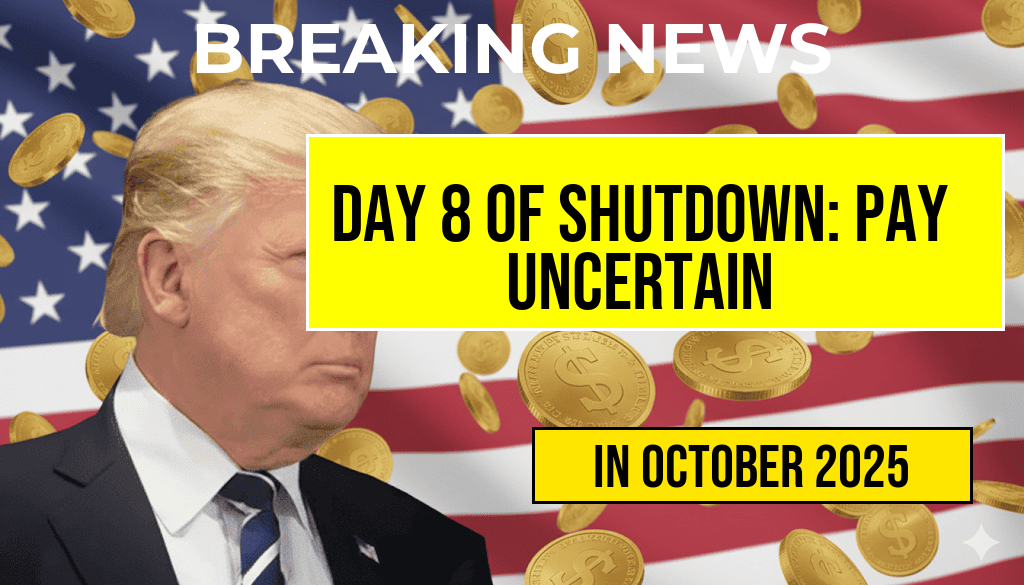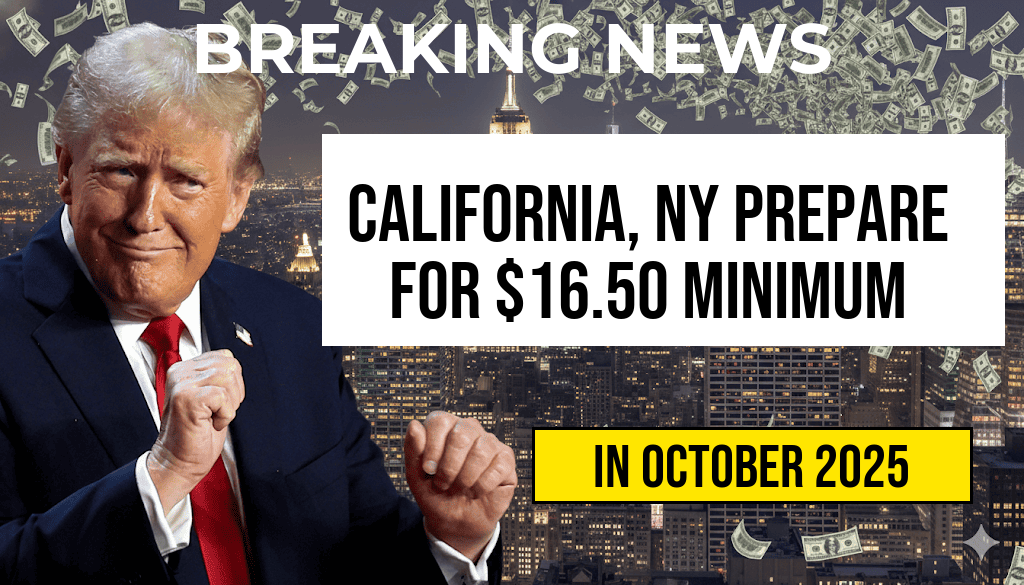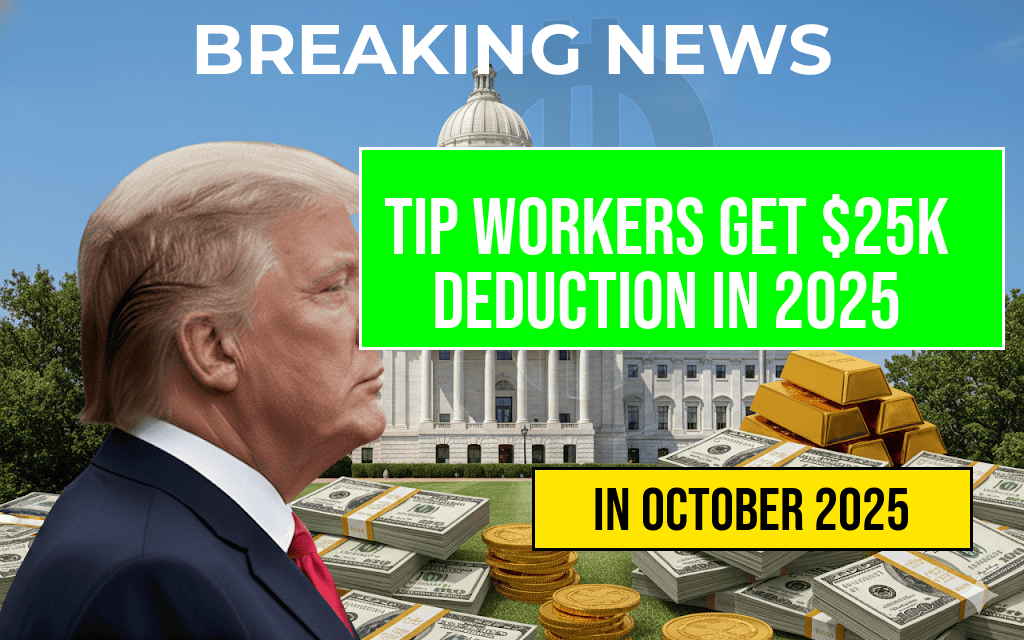Recent estimates suggest that the ongoing implementation of Trump tariffs could result in an additional $2,400 annually in expenses for an average American family. Market analysts and consumer advocates warn that these tariffs, often portrayed as strategic trade measures, may instead act as a hidden tax—commonly referred to as the “Turbulence Tax”—that quietly inflates everyday costs. While policymakers argue that tariffs protect domestic industries and foster economic growth, their ripple effects on household budgets are becoming more evident. This article explores how tariffs influence consumer prices, the broader economic implications, and what families can anticipate in the coming months.
Understanding the Mechanics of Tariffs and Hidden Costs
Tariffs are taxes levied on imported goods, intended to support local manufacturing and curb reliance on foreign products. However, these taxes are frequently passed down to consumers through higher retail prices. According to recent data from the U.S. Census Bureau, tariff-induced price increases have affected a broad spectrum of products—from electronics and clothing to furniture and food items.
Economists describe this phenomenon as the “Turbulence Tax”, an informal term representing the extra financial burden consumers bear because of trade disputes and tariff policies. While tariffs may bolster certain sectors, the cost is often absorbed by families at checkout counters, leading to a tangible rise in the monthly household expenses.
Quantifying the Impact on Family Budgets
| Family Income Level | Additional Annual Cost | Percentage Increase in Expenses |
|---|---|---|
| Median Household Income | $2,400 | Approximately 1.2% |
| Lower-Income Families | $1,800 | About 1.5% |
| Higher-Income Families | $3,200 | Nearly 1% |
Note: These figures are based on current tariff rates and average household consumption patterns, which vary across regions and income levels.
For an average American family of four, this translates to roughly $200 more each month. The cumulative effect over the year can significantly strain household budgets, especially for lower-income families already operating on tight margins. Experts warn that the “Turbulence Tax” could erode disposable income and slow consumer spending, potentially impacting broader economic growth.
Key Sectors and Consumer Goods Affected
Electronics and Appliances
Tariffs on Chinese imports, including smartphones, laptops, and home appliances, have led to noticeable price hikes. Retailers often pass these costs directly to consumers, with some electronics now costing 10-15% more than pre-tariff levels.
Furniture and Home Goods
Imported furniture, often sourced from Southeast Asia and China, has experienced increased costs, leading to higher retail prices. For families renovating or furnishing homes, this adds a substantial financial burden.
Clothing and Footwear
Apparel tariffs have contributed to rising prices in clothing stores nationwide. The American Apparel & Footwear Association reports that consumers could see increases of up to 8% on select items.
Broader Economic and Social Consequences
While tariffs are intended to protect domestic industries, their ripple effects can dampen economic growth by reducing consumer purchasing power. Higher prices may lead to decreased demand for goods, prompting companies to slow hiring or delay investments. Additionally, retaliatory tariffs imposed by trading partners can restrict exports, further straining U.S. manufacturers and farmers.
Beyond the economic metrics, the “Turbulence Tax” impacts day-to-day life. Families may have to cut back on discretionary spending, delay large purchases, or seek cheaper alternatives, which can influence local economies and employment patterns.
Policy Debate and Future Outlook
Trade experts remain divided over the long-term effects of tariffs. Advocates argue that they serve as leverage to negotiate better trade deals and foster a more balanced economic relationship with foreign partners. Critics, however, emphasize the hidden costs borne by consumers and small businesses.
Recent policy discussions focus on balancing national interests with consumer protection. Some lawmakers advocate for targeted tariffs coupled with measures to mitigate their impact on families, such as expanded social safety nets or subsidies for essential goods.
What Families Can Do
- Shop smarter: Compare prices across multiple retailers and seek out domestic alternatives when possible.
- Plan purchases: Anticipate price increases in affected categories and buy in advance if feasible.
- Stay informed: Follow updates from the Office of the U.S. Trade Representative and consumer advocacy groups for policy changes.
- Budget adjustments: Reassess household budgets to accommodate potential increases, prioritizing essential expenses.
As trade policies continue to evolve, understanding the real costs behind tariffs equips families to navigate the financial turbulence effectively. Monitoring economic indicators and engaging in informed consumer choices can help mitigate the impact of the “Turbulence Tax” in an uncertain trade environment.
Frequently Asked Questions
What are the Trump tariffs and how do they impact family expenses?
The Trump tariffs refer to tariffs imposed during the former President’s administration on imported goods, which can lead to higher prices on everyday products. These increased costs are often passed down to consumers, adding approximately $2,400 annually to average family expenses.
What is the concept of the ‘Turbulence Tax’ mentioned in the article?
The ‘Turbulence Tax’ is a metaphorical term used to describe the hidden costs and economic disruptions caused by trade tariffs like those implemented under the Trump tariffs. These disruptions can lead to higher prices and economic uncertainty for families.
How do tariffs specifically affect the cost of goods for families?
Tariffs increase the cost of imported goods, such as electronics, clothing, and household items. These higher costs are often transferred to consumers, resulting in increased family expenses.
Are there any long-term effects of the ‘Turbulence Tax’ on the economy?
Yes, the ‘Turbulence Tax’ can lead to economic uncertainty, reduced consumer spending, and slowed economic growth. Over time, these effects can further elevate family expenses and impact overall economic stability.
What can families do to mitigate the impact of these tariffs and hidden costs?
Families can consider strategies such as shopping for alternatives, supporting local manufacturers, and budgeting carefully to offset the increased costs. Staying informed about trade policies can also help in making cost-effective decisions.






